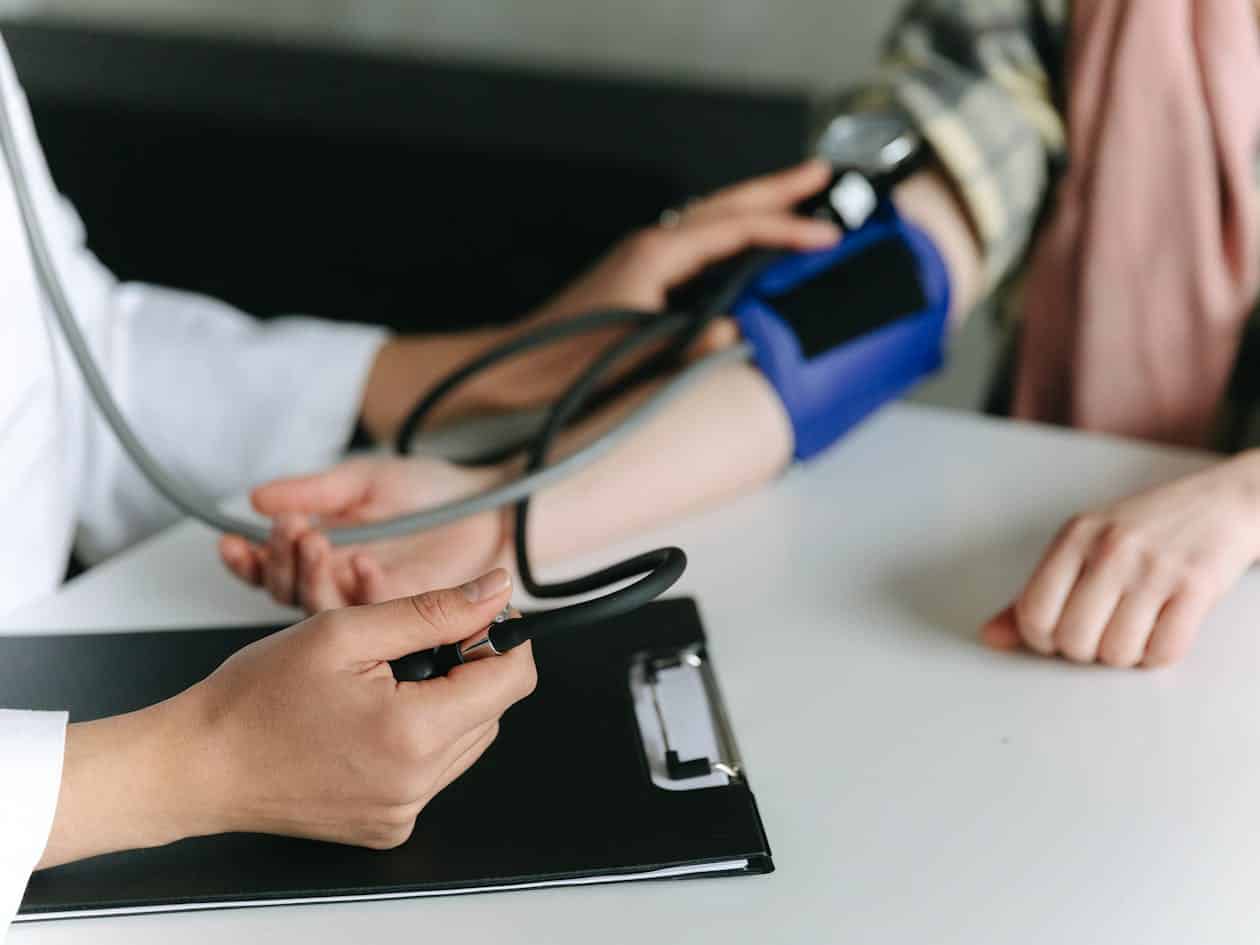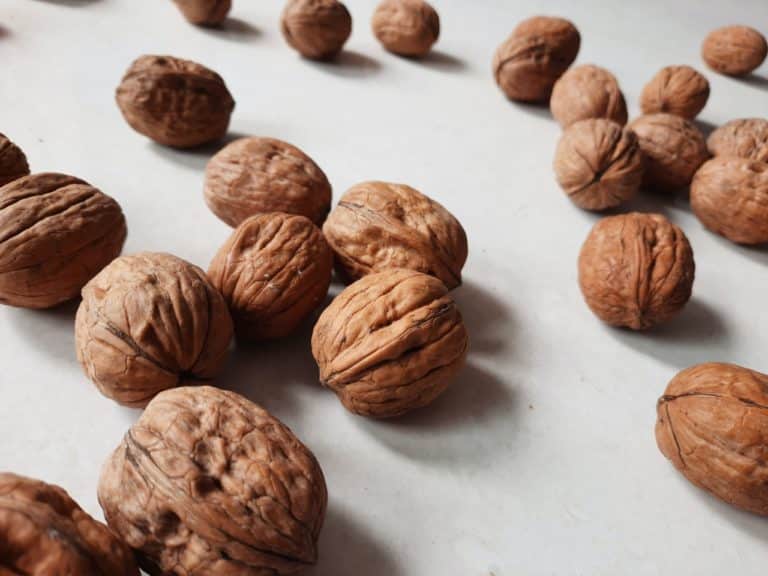Medical authorities just moved the goalposts for blood pressure diagnosis, and millions of Americans who thought they were healthy may now officially have hypertension. August 2025 brought new guidelines from the American Heart Association and American College of Cardiology that lower the threshold for high blood pressure diagnosis and eliminate the “prehypertension” category entirely. Nearly half of all Americans already had diagnosed hypertension under the old rules, but these stricter standards will add millions more to that number. Blood pressure readings that doctors previously called “borderline” or “elevated” now qualify as full-blown stage 1 hypertension requiring medical intervention. While these changes might seem alarming, they reflect growing evidence that even slightly elevated blood pressure significantly increases risks for heart disease, stroke, and dementia – conditions that rank among America’s leading killers.
How Blood Pressure Categories Changed
Understanding your blood pressure reading requires knowing both numbers and what they mean for your health. Systolic pressure (the top number) measures pressure when your heart squeezes blood into your arteries. Diastolic pressure (the bottom number) shows pressure when your heart relaxes between beats. Both numbers matter for determining your cardiovascular risk.
Previous guidelines created a “prehypertension” category for readings between 120-139 over 80-99 mmHg. Medical professionals often told patients in this range to “watch it” or make lifestyle changes without urgent medical treatment. New research shows this approach allowed too many people to develop serious complications.
Current categories now include four distinct levels. Normal blood pressure stays below 120/80 mmHg. Elevated blood pressure ranges from 120-129 systolic with diastolic pressure under 80. Stage 1 hypertension covers 130-139 systolic or 80-89 diastolic. Stage 2 hypertension begins at 140/90 or higher.
Hypertensive crisis occurs when readings reach 180/120 or above, requiring immediate medical attention. Anyone experiencing these symptoms should contact emergency services immediately, as a stroke or heart attack becomes extremely high.
Doctors now use a new risk calculator called PREVENT (Predicting Risk of Cardiovascular Disease Events) to determine individual treatment needs. Instead of treating all patients with similar blood pressure readings the same way, this tool considers age, cholesterol levels, diabetes status, and other personal factors to create customized treatment plans.
Why Stricter Standards Matter for Your Health

Cardiovascular disease kills more Americans than any other condition, with high blood pressure serving as the primary risk factor. Even small increases in blood pressure readings translate to measurably higher risks for heart attacks, strokes, and cognitive decline over time.
Research shows that people with blood pressure in the former “prehypertension” range face significantly elevated risks compared to those with truly normal readings. Heart disease develops gradually through years of arterial damage caused by elevated pressure, making early intervention crucial for prevention.
Stroke risk doubles when systolic pressure rises from 115 to 135 mmHg. Dementia and cognitive decline also accelerate with higher blood pressure, as reduced blood flow damages brain tissue over decades. Many people develop these complications while their doctors were still calling their blood pressure “borderline” under old guidelines.
Kidney disease often results from uncontrolled hypertension, as elevated pressure damages the delicate filtering system over time. Early detection and treatment can prevent kidney failure that requires dialysis or transplantation.
Eye problems, including retinal damage and vision los,s occur more frequently in people with elevated blood pressure. Regular eye exams can detect early signs of hypertension-related damage before symptoms appear.
Sleep quality deteriorates when blood pressure remains elevated, creating a cycle where poor sleep further raises pressure readings. Many people notice improved sleep patterns after achieving better blood pressure control through lifestyle changes or medication.
Alcohol’s Hidden Impact on Blood Pressure
New guidelines place much stronger emphasis on alcohol reduction after research revealed that even moderate drinking significantly raises blood pressure. A comprehensive analysis of nearly 20,000 people showed that every 10 grams of alcohol increases systolic pressure by 1 mmHg.
Standard drinks contain about 14 grams of alcohol, meaning regular consumption can raise blood pressure by several points over time. While individual increases might seem small, they add up when combined with other risk factors like stress, poor diet, and lack of exercise.
Current recommendations limit men to no more than two drinks daily and women to one drink per day. Previous guidelines were less restrictive, but mounting evidence shows even these amounts may be too high for optimal cardiovascular health.
People who eliminate alcohol often see blood pressure improvements within weeks. Heavy drinkers who quit can experience dramatic reductions in both systolic and diastolic readings. However, alcohol withdrawal should be medically supervised for safety, especially in people with severe dependence.
Wine, beer, and spirits all affect blood pressure similarly despite different marketing claims about health benefits. No type of alcoholic beverage is significantly better or worse for blood pressure control.
Social drinking presents challenges for people trying to reduce alcohol intake. Consider alternating alcoholic drinks with water or choosing alcohol-free alternatives at social gatherings. Many restaurants now offer sophisticated non-alcoholic cocktails that provide social enjoyment without cardiovascular risks.
DASH Diet Delivers Proven Results
Dietary Approaches to Stop Hypertension (DASH) eating patterns can reduce blood pressure by up to 10 mmHg, rivaling the effects of many medications. This eating style emphasizes fruits, vegetables, whole grains, and low-fat dairy while limiting sodium, red meat, and processed foods.
Sodium reduction represents the most powerful dietary intervention for blood pressure control. Americans consume an average of 3,300 mg of sodium daily, far exceeding the recommended 2,300 mg maximum. Ideal intake stays below 1,500 mg per day for maximum cardiovascular benefits.
Hidden sodium lurks in unexpected places, including bread, lunch meats, canned soups, and restaurant meals. Reading nutrition labels helps identify high-sodium products, while cooking at home provides better control over salt intake.
Potassium-rich foods help counteract sodium’s blood pressure effects. Bananas, sweet potatoes, spinach, and avocados provide natural potassium that supports healthy blood pressure regulation. Potassium-based salt substitutes offer another strategy for reducing sodium while maintaining flavor.
Magnesium and calcium also support healthy blood pressure through their roles in muscle and nerve function. Leafy greens, nuts, seeds, and dairy products provide these essential minerals naturally.
Processed foods contribute most of the excess sodium in American diets. Choosing fresh, whole foods and preparing meals at home dramatically reduces sodium intake while providing better nutrition overall.
Exercise Prescriptions That Work

Physical activity provides one of the most effective non-pharmaceutical treatments for high blood pressure. Every additional 30 minutes of aerobic exercise per week reduces systolic pressure by 2 mmHg and diastolic pressure by 1 mmHg.
Optimal benefits occur at 150 minutes of moderate aerobic activity weekly, which breaks down to just 30 minutes five days per week. Walking, swimming, cycling, and dancing all qualify as effective aerobic exercises for blood pressure reduction.
Resistance training complements aerobic exercise by improving overall cardiovascular fitness and muscle strength. Weight lifting, resistance bands, and bodyweight exercises like push-ups all contribute to better blood pressure control.
High-intensity interval training (HIIT) may provide superior benefits in shorter time periods. Alternating brief periods of intense activity with recovery periods can improve cardiovascular fitness more efficiently than steady-state exercise.
Morning exercise may provide additional blood pressure benefits by helping regulate circadian rhythms and stress hormone production. However, any time of day works better than no exercise at all.
Consistency matters more than intensity for blood pressure benefits. Regular moderate exercise provides better long-term results than sporadic intense workouts. Start slowly and gradually increase duration and intensity to build sustainable habits.
Home Monitoring Changes Everything
New guidelines strongly encourage home blood pressure monitoring to capture readings throughout the day rather than relying solely on clinic measurements. Many people experience “white coat hypertension” where stress raises their pressure during medical visits.
Automatic home monitors provide accurate readings when used correctly. Choose devices validated by the British Hypertension Society or American Heart Association for reliability. Avoid wrist monitors, which tend to be less accurate than upper arm cuffs.
Proper technique ensures accurate home readings. Sit quietly for five minutes before measuring, keep your feet flat on the floor, and support your arm at heart level. Take multiple readings and record the average for better accuracy.
Morning and evening measurements provide the most useful information for doctors. Blood pressure naturally fluctuates throughout the day, with the highest readings typically occurring in the morning hours. Recording these patterns helps physicians optimize treatment timing.
Keep a blood pressure log to track trends over time rather than focusing on individual readings. Weekly and monthly averages provide better information than daily fluctuations for treatment decisions.
Share home readings with your healthcare provider to guide treatment adjustments. Many doctors can now monitor readings remotely through smartphone apps or online portals, allowing more responsive care.
Medical Treatment Gets More Aggressive
Physicians are now encouraged to treat blood pressure more aggressively based on evidence that earlier intervention prevents more complications. Many people who previously only received lifestyle advice may now qualify for medication therapy.
Multiple medication classes work through different mechanisms to lower blood pressure. ACE inhibitors, ARBs, calcium channel blockers, and diuretics all provide effective treatment options with varying side effect profiles.
Combination therapy often works better than single medications for achieving target blood pressure readings. Many people require two or three different medications to reach optimal levels safely.
Medication timing may affect blood pressure control throughout the day. Some doctors now recommend taking certain blood pressure medications at bedtime to better control morning pressure spikes.
Regular monitoring helps doctors adjust medications for optimal effectiveness with minimal side effects. Blood pressure readings, kidney function tests, and electrolyte levels guide treatment modifications.
Never stop blood pressure medications without medical supervision, even if readings improve. Many medications require gradual tapering to prevent dangerous rebound hypertension.
My Personal RX on Managing Blood Pressure Under New Guidelines
Blood pressure control represents one of the most powerful preventive medicine interventions available today, yet most people with hypertension remain inadequately treated. As a physician, I see the devastating consequences of uncontrolled blood pressure daily – strokes, heart attacks, kidney failure, and dementia that could have been prevented with earlier intervention. New guidelines reflect scientific evidence that even mild blood pressure elevation significantly increases cardiovascular risks over time.
- Check your blood pressure at home twice daily for accurate readings: Take measurements in the morning and evening, sitting quietly for five minutes beforehand with your arm supported at heart level.
- Support your cardiovascular system during dietary changes: MindBiotic contains probiotics, prebiotics, and Ashwagandha KSM 66 that help manage stress while supporting gut health, which directly influences blood pressure regulation.
- Follow the DASH diet pattern with reduced sodium intake: Emphasize fruits, vegetables, whole grains, and lean proteins while limiting processed foods and restaurant meals high in hidden sodium.
- Create heart-healthy meals that naturally lower blood pressure: Mindful Meals cookbook provides over 100 doctor-approved recipes rich in potassium, magnesium, and antioxidants that support healthy blood pressure naturally.
- Exercise 150 minutes weekly through activities you actually enjoy: Walking, swimming, dancing, or cycling all provide cardiovascular benefits when done consistently rather than intensely.
- Limit alcohol to one drink daily for women, two for men maximum: Even moderate drinking raises blood pressure by several points, so consider alcohol-free alternatives at social gatherings.
- Practice stress management techniques that activate your relaxation response: Deep breathing, meditation, yoga, or progressive muscle relaxation all help reduce stress hormones that elevate blood pressure.
- Maintain healthy sleep patterns of 7-9 hours nightly: Poor sleep quality disrupts hormones that regulate blood pressure, creating a cycle of elevated readings and worse rest.
- Work with your doctor to optimize medication timing and dosing: Blood pressure medications work best when taken consistently at prescribed times, often in the evening for better morning control.
- Track trends rather than obsessing over daily fluctuations: Weekly and monthly averages provide better guidance for treatment decisions than individual readings that naturally vary throughout the day.
Source: Al-Makki, A., DiPette, D., Whelton, P. K., Murad, M. H., Mustafa, R. A., Acharya, S., Beheiry, H. M., Champagne, B., Connell, K., Cooney, M. T., Ezeigwe, N., Gaziano, T. A., Gidio, A., Lopez-Jaramillo, P., Khan, U. I., Kumarapeli, V., Moran, A. E., Silwimba, M. M., Rayner, B., . . . Khan, T. (2021). Hypertension Pharmacological Treatment in Adults: A World Health Organization Guideline Executive Summary. Hypertension, 79(1), 293–301. https://doi.org/10.1161/hypertensionaha.121.18192











 Subscribe to Ask Dr. Nandi YouTube Channel
Subscribe to Ask Dr. Nandi YouTube Channel










